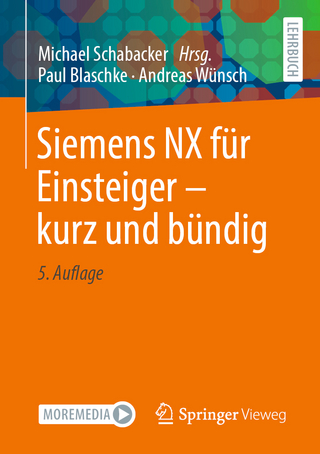
Mixed-Mode Simulation
Springer-Verlag New York Inc.
978-1-4612-8030-9 (ISBN)
1. Introduction to Mixed-Mode Simulation.- 1.1 The Simulation Problem.- 1.2 Levels of Simulation.- 1.3 Mixed-Mode Simulation.- 1.4 Outline of Book.- 2. Electrical Simulation Techniques.- 2.1 Equation Formulation.- 2.2 Standard Techniques for Transient Analysis.- 2.3 Time-Step Control: Theoretical Issues.- 2.4 Time-Step Control: Implementation Issues.- 3. Relaxation-Based Simulation Techniques.- 3.1 Latency and Multirate Behavior.- 3.2 Overview of Relaxation Methods.- 4. Iterated Timing Analysis.- 4.1 Equation Flow for Nonlinear Relaxation.- 4.2 Timing Analysis Algorithms.- 4.3 Splice 1.7 - Fixed Time-Step ITA.- 4.4 iSplice3.1 - Global-Variable Time-Step ITA.- 4.5 Electrical Events and Event Scheduling.- 5. Gate-Level Simulation.- 5.1 Introduction.- 5.2 Evolution of Logic States.- 5.3 Characterization of Switching Properties.- 5.4 Logic Switching Delay Models.- 5.5 Logic Simulation Algorithm.- 6. Switch-Level Timing Simulation.- 6.1 Introduction.- 6.2 Switch-Level Simulation.- 6.3 A Generalization of the Nine-State Logic Model.- 6.4 Simulation Using the Generalized Model.- 6.5 A Survey of Switch-Level Timing Simulators.- 6.6 The Mixed-Mode Interface.- 7. Implementation of Mixed-Mode Simulation.- 7.1 Simulator Architecture.- 7.2 Event Scheduler Design.- 7.3 Transient Analysis and Event Scheduling.- 7.4 DC Analysis techniques.- 7.5 Mixed-Mode Simulation Examples.- 8. Conclusions and Future Work.- 8.1 Summary.- 8.2 Areas of Future Work.- 8.3 Conclusions.- References.- About the Authors.
| Reihe/Serie | The Springer International Series in Engineering and Computer Science ; 98 |
|---|---|
| Zusatzinfo | 224 p. |
| Verlagsort | New York, NY |
| Sprache | englisch |
| Maße | 155 x 235 mm |
| Themenwelt | Sachbuch/Ratgeber ► Natur / Technik ► Garten |
| Informatik ► Weitere Themen ► CAD-Programme | |
| Technik ► Elektrotechnik / Energietechnik | |
| ISBN-10 | 1-4612-8030-3 / 1461280303 |
| ISBN-13 | 978-1-4612-8030-9 / 9781461280309 |
| Zustand | Neuware |
| Haben Sie eine Frage zum Produkt? |
aus dem Bereich


